Author: Prof. Dr. Horst Sievert
Institution: Frankfurt Cardiovascular Center, Germany
Summary
This presentation reviews the advanced techniques implemented at the high-volume Frankfurt Cardiovascular Center to enhance the safety of carotid artery stenting (CAS) procedures. Prof. Sievert discusses innovative technologies such as proximal protection devices, dual filtering, and micromesh stents, all of which have been shown to significantly reduce microembolization signals and postoperative stroke rates, improving overall procedural safety.
Progress in the Application of New Technologies
•Proximal Protection Devices: Studies indicate that proximal protection devices are more effective than simple filters at reducing microembolization signals, especially in complex lesions and high-risk patients. These devices are widely applied in CAS and have significantly lowered the incidence of postoperative stroke.
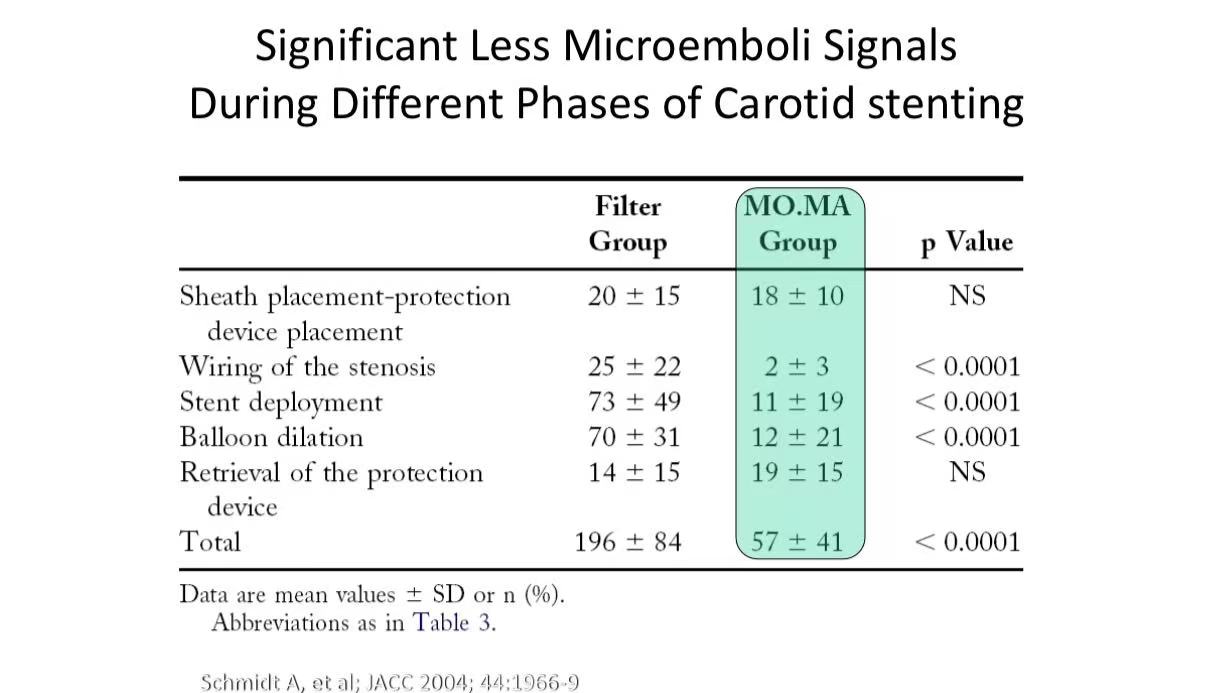
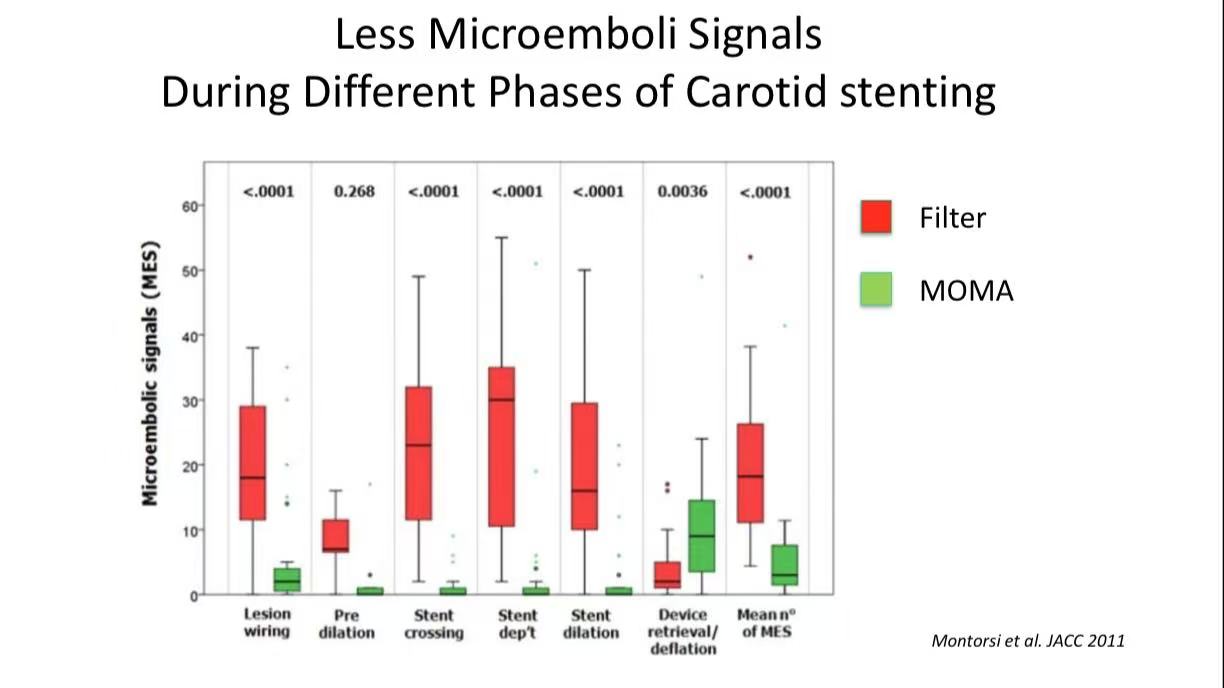
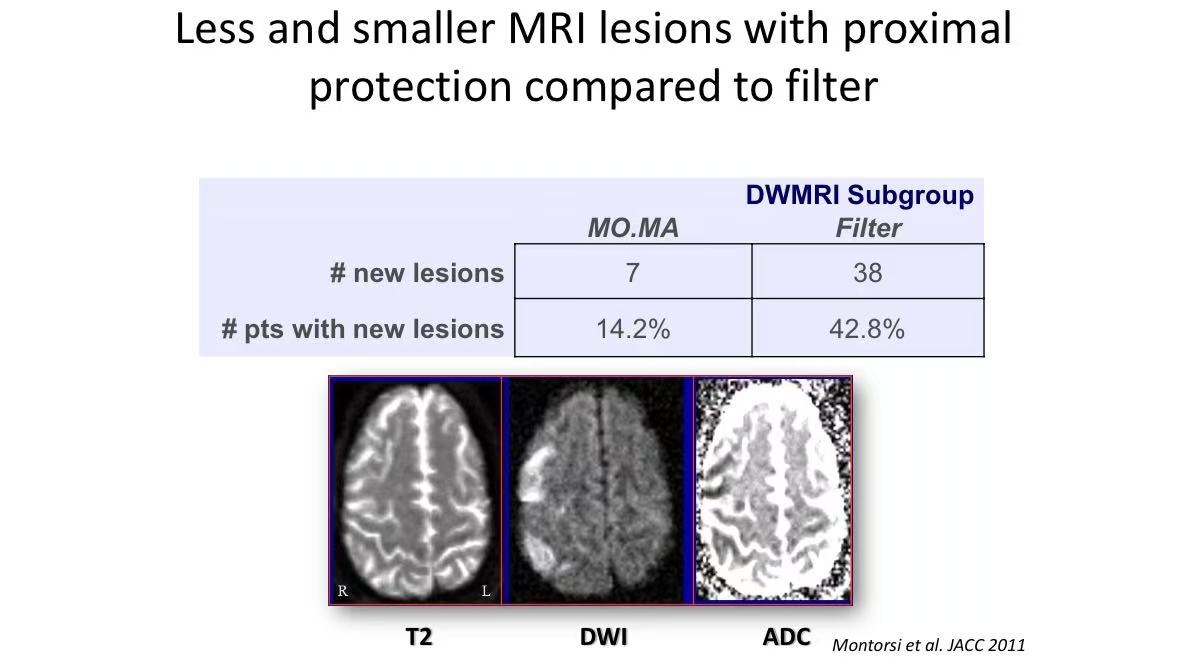

•Dual Filtering Technology: Adding a dual protection mechanism (e.g., combining proximal occlusion with distal filtering) in CAS further reduces the risk of microembolization. Research shows that dual-layer filtering provides superior protection against cerebral embolism and new lesion formation, offering greater safety for high-risk patients.
Clinical Data on Micromesh Stents
• CGuard Stent: The CGuard stent, with its high-density micromesh, effectively traps thrombus and plaque, reducing cerebral embolism risk. Multiple studies (e.g., CARENET and PARADIGM) demonstrate that patients treated with micromesh stents have a lower postoperative stroke rate compared to the CAS group in the CREST study, confirming its neuroprotective benefits.
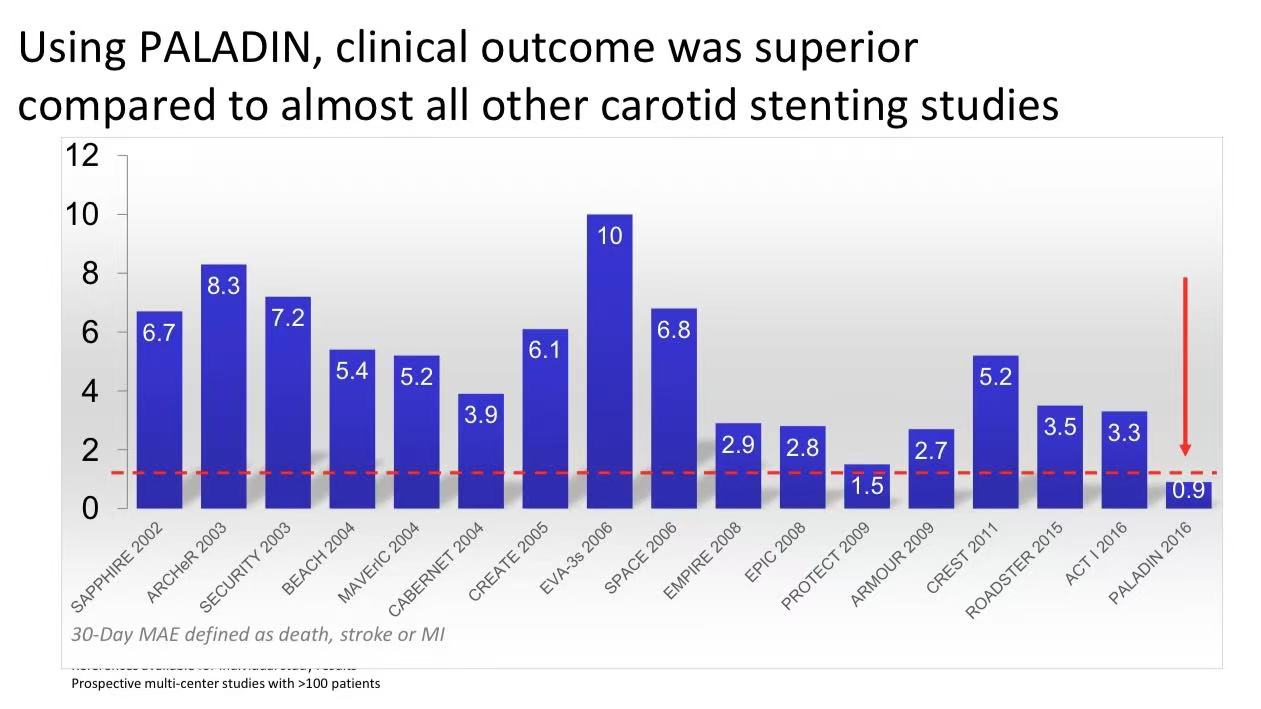
• Direct Carotid Access: This technique bypasses complex aortic arch issues, performing well in patients with unique anatomical structures. Guided by ultrasound and fluoroscopy, it enables smooth navigation and high success rates in postoperative revascularization.
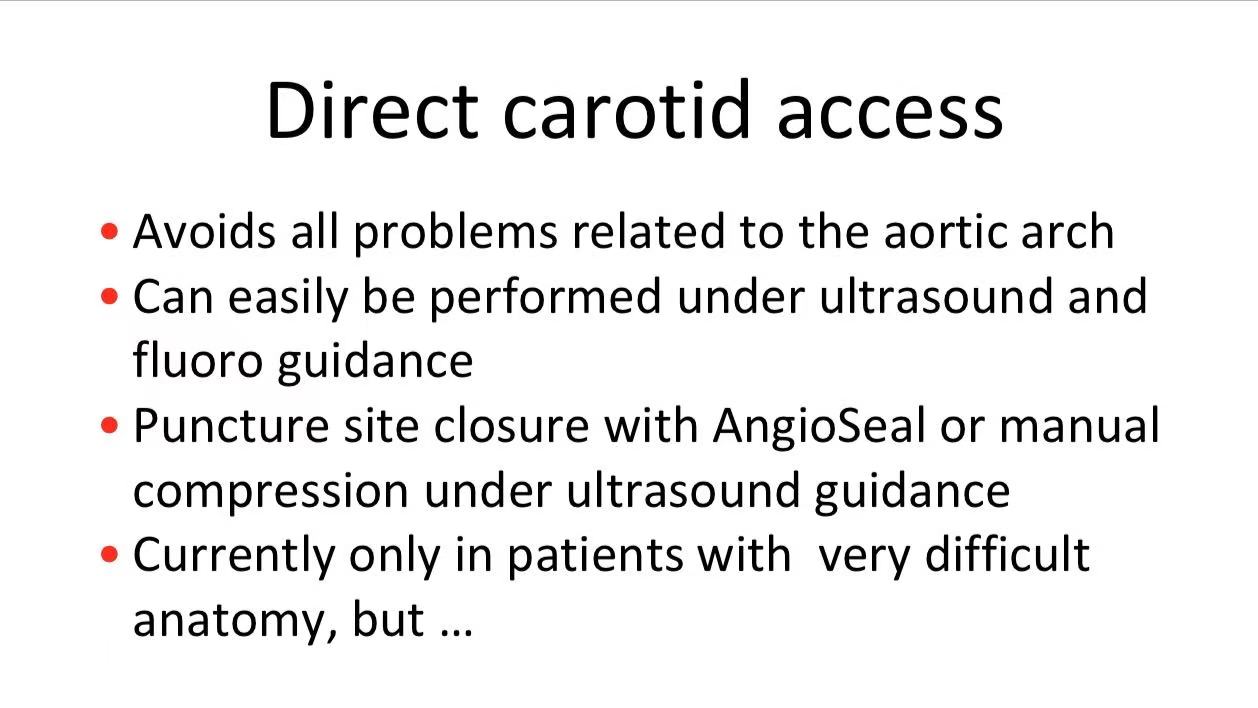
Clinical Study Data and Future Directions
1. PROFI Trial: In a randomized trial involving 62 patients, the group with proximal protection devices had a significantly lower 30-day major adverse cardiac and cerebrovascular event (MACCE) rate compared to the filter group, underscoring the advantage of proximal protection in reducing microembolization.
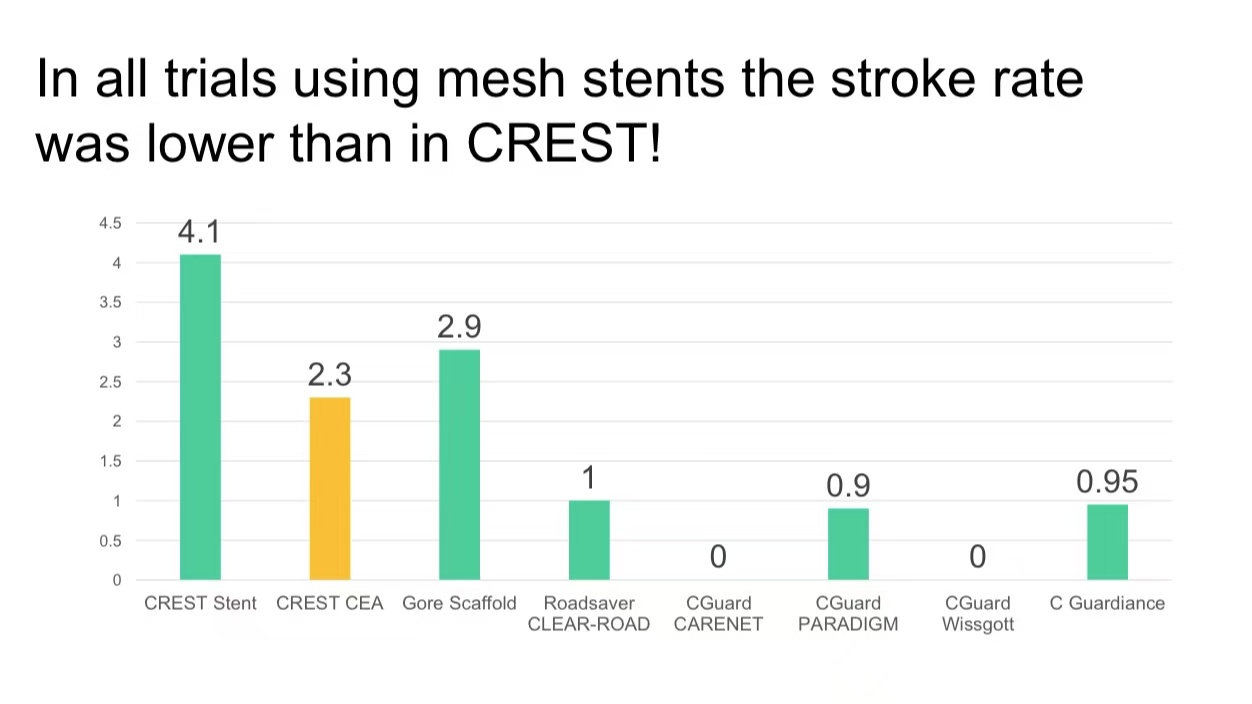
2. Future Outlook: With the adoption of more innovative technologies, CAS stroke rates are expected to decrease further. Upcoming randomized controlled trials will continue to refine CAS technology standards.
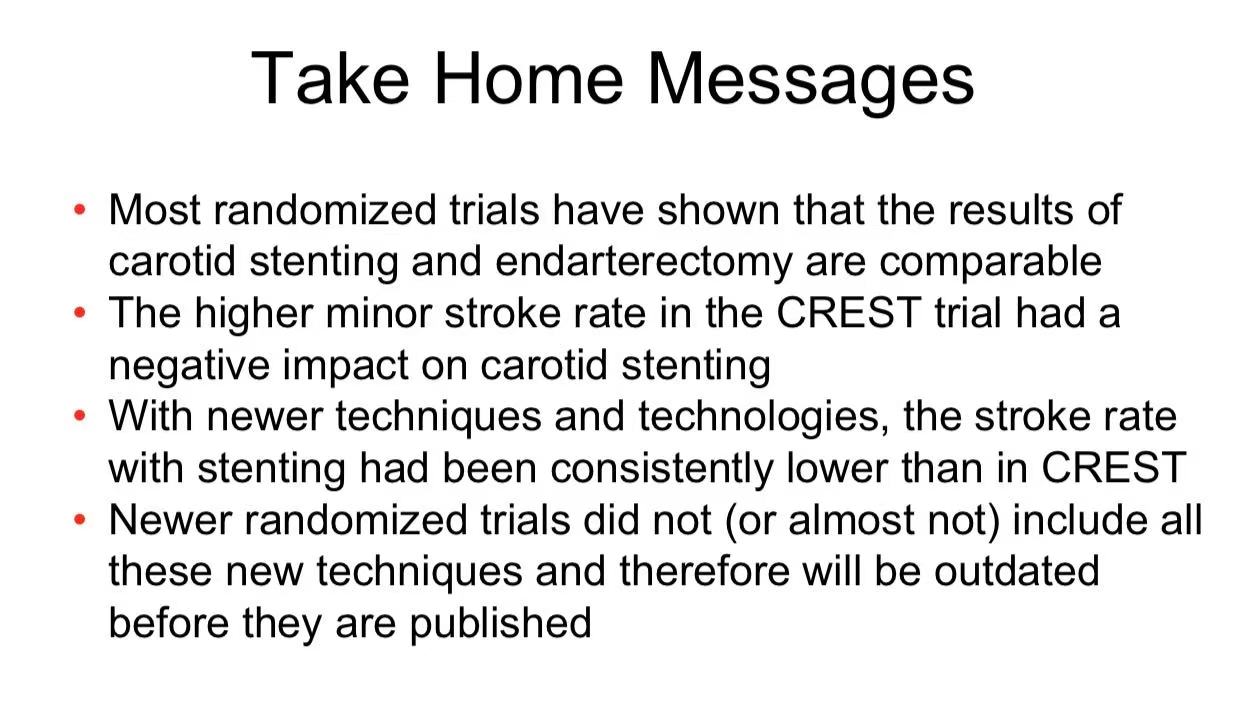
Contact Us
• Email: endovascluar@simtomax.cn
The English content has been synchronized with the Vasco Knight account. For more international information, please visit:
• www.vascularknight.com
• Facebook: Vasco Knight
• Instagram: knight_vasco
Let’s safeguard health together and showcase your brilliance to the world!


